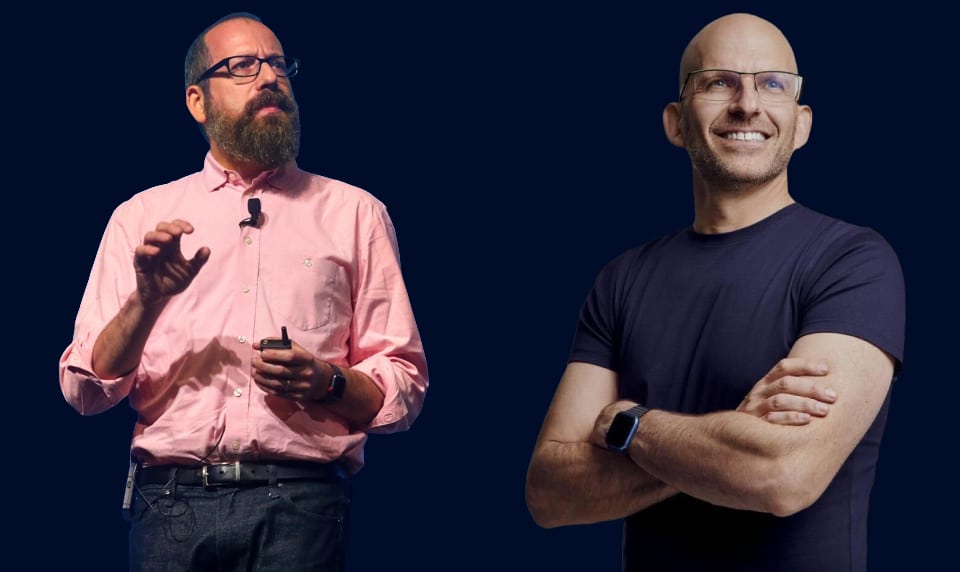Joshua Seiden and Jeff Gothelf’s new book is Who Does What By How Much? The deliberate simplicity of the title is matched by the conciseness of the text. The concepts Seiden and Gothelf get at are at times vague, abstract, and open to interpretation. Postmodernist leadership techniques are somewhat amorphous, dictated by social trends, algorithims, technological innovations, and societal shifts. As former software developers turned career coaches, in some ways this kind of shifting vista is pitch perfect for the kind of mentalities, approaches, and tones Seiden and Gothelf are able to strike with near-perfect precision. This is evidenced literally with how they open the read, with the simple but effective statement “Every organization wants to get better.”
“…At least, every organization that we’ve ever worked with, and we’ve worked with a lot of them… And to be clear, pretty much everyone we’ve worked with works hard,” Seiden and Gothelf write. “…We’ve spent most of our careers helping organizations solve this problem, and we’ve discovered some powerful ways to do so. OKRs are one of the best ways we’ve found to get people working together on the right stuff. That’s what this book is all about… Organizations exist to provide some kind of value to people. In this book, we call these folks customers. In your organiza- tion, you might call them something else: constituents, students, patients, citizens, or even co-workers.
Whatever term you use, the point is that we’re all generally in the business of serving other people’s needs. Too often though, organizations don’t have a clear understanding of who these people are or what they need… In the early days of our careers as designers, we worked on that first problem—how to help organizations be more customer-centric. In fact, that’s how we met, in the design community in New York City. But as much as we loved design, we both came to understand that design is a means to an end. Our real passion was helping people—at first small teams, then larger organizations— collaborate effectively to get better results. We love to see teams doing great work. We love to see organizations thriving. Eventually, our journeys, both together and individually, led us to Objectives and Key Results, or OKRs.”
AMAZON: https://www.amazon.com/Who-Does-What-Much-Customer-Centric-ebook/dp/B0CYDH8R71
Through the implementation of the OKR mindset, Seiden and Gothelf are able to encapsulate a number of potentially depthy concepts into a single, impressive, ideological whole. It’s not an easy thing to do, for reasons both aforementioned and not. “In OKRs, we found a tool that has the ability to align teams around customer needs and focus them on company strategy,” the duo writes. “OKRs create clarity, help with prioritization, and most of all, help teams deliver results. OKRs also work as a management tool that’s uniquely suited to this moment in time—a time of great change and disruption, a time that requires continuous learning and agility.”
The kind of prescription an OKR serves can be wide-ranging. Like any solid methodology, it’s sound, it’s well-tested, and to pass the smell test it can be summarized in essence in a minute or two. That’s to be seriously commended.
Garth Thomas

